CRITICAL CONSIDERATIONS
PROTECTION
I suspect that this title will lead most to think about self defense protection involving the use of firearms. While this does indeed fall under the heading of protection, the topic is much broader. So, we will discuss self protection as part of the last section here, but first:
Protection of your food and water
Protection of your home, protection from thievery, tampering, etc locks
Protection from the elements, including heat, extreme cold, moisture, food destroying varmints
Protection of your health (hygiene, first aid, nutrition, exercise)
Back water valve - discussed on the net.
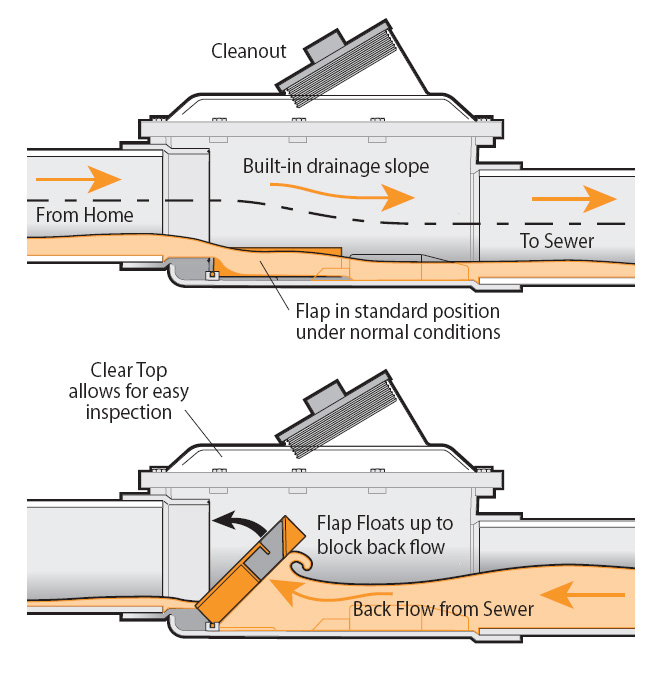
- Backwater valve.jpg (134.12 KiB) Viewed 3624 times
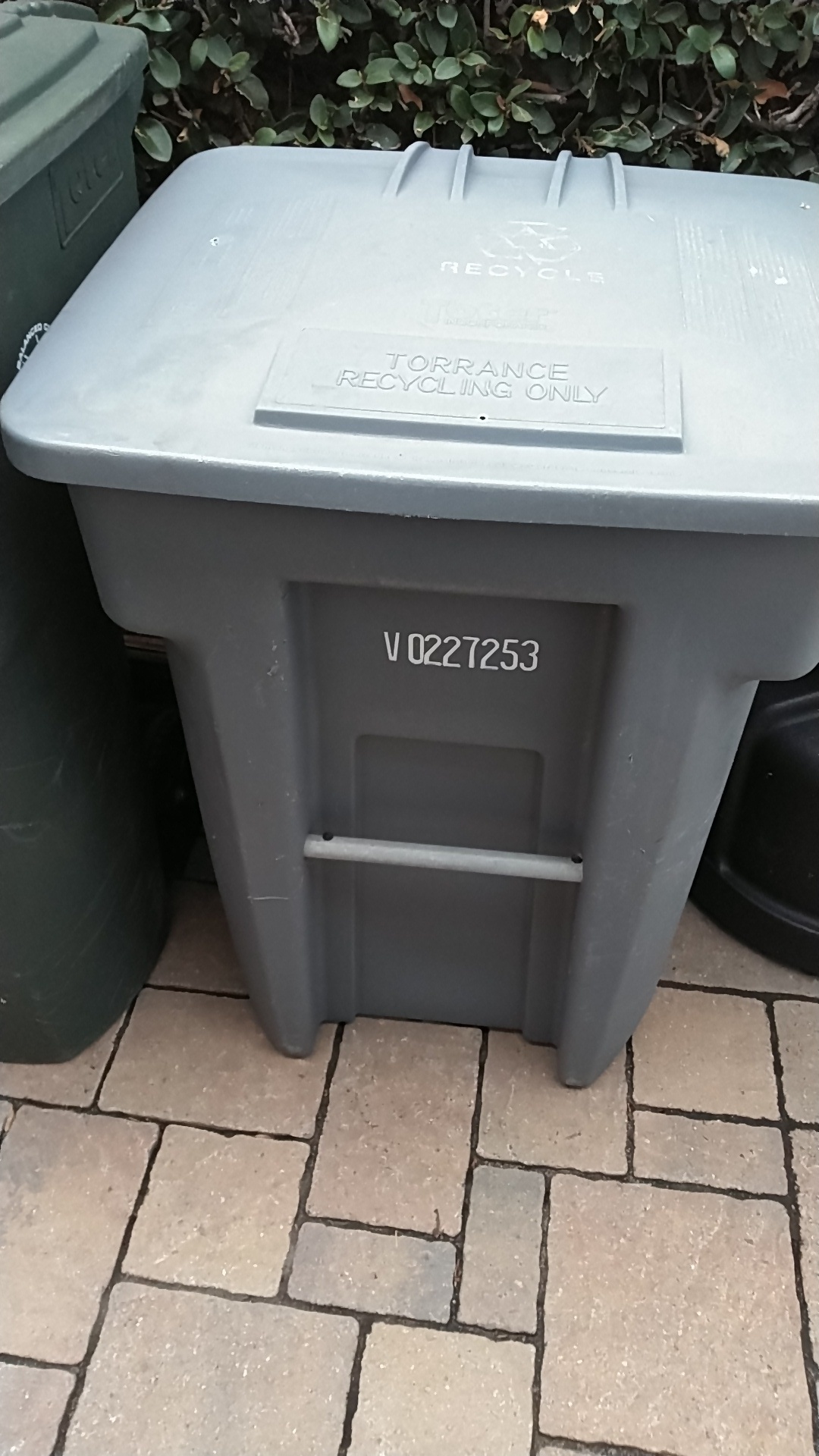
- Trash can.jpg (449.02 KiB) Viewed 3618 times
Protection coordinated with neighborhood
Protection for self and family (firearms)
FIRST AID KIT
As important as food and water are, this prep is just as critical, if not more so, especially for some. We talk a lot about the need for well stocked first aid kits for our mobile travels, and while that is important, it is not meant to be a substitute for a
very well stocked kit at home. Without the space restrictions of a vehicle, we are free, at home, to include many different items,
AND a greater quantity of everything.
That is where we want the discussion to go during the net. If you have not built this kit, doing so now
may present some challenges. Panic buyers have cleaned many drug store shelves, making it difficult to find everything you need. So, get what you can, and don't stop looking until you find what you need. At least in my area, pre-made kits are in very short supply, and this may leave you with the alternative of making your own kit.
So lets start with the physical kit itself. The first thing that every member of the household must know is the location of the kit, AND what is inside. Everybody has a personal favorite for the style of the kit container, and I have mine - a Pelican 1600 EMS Protector:
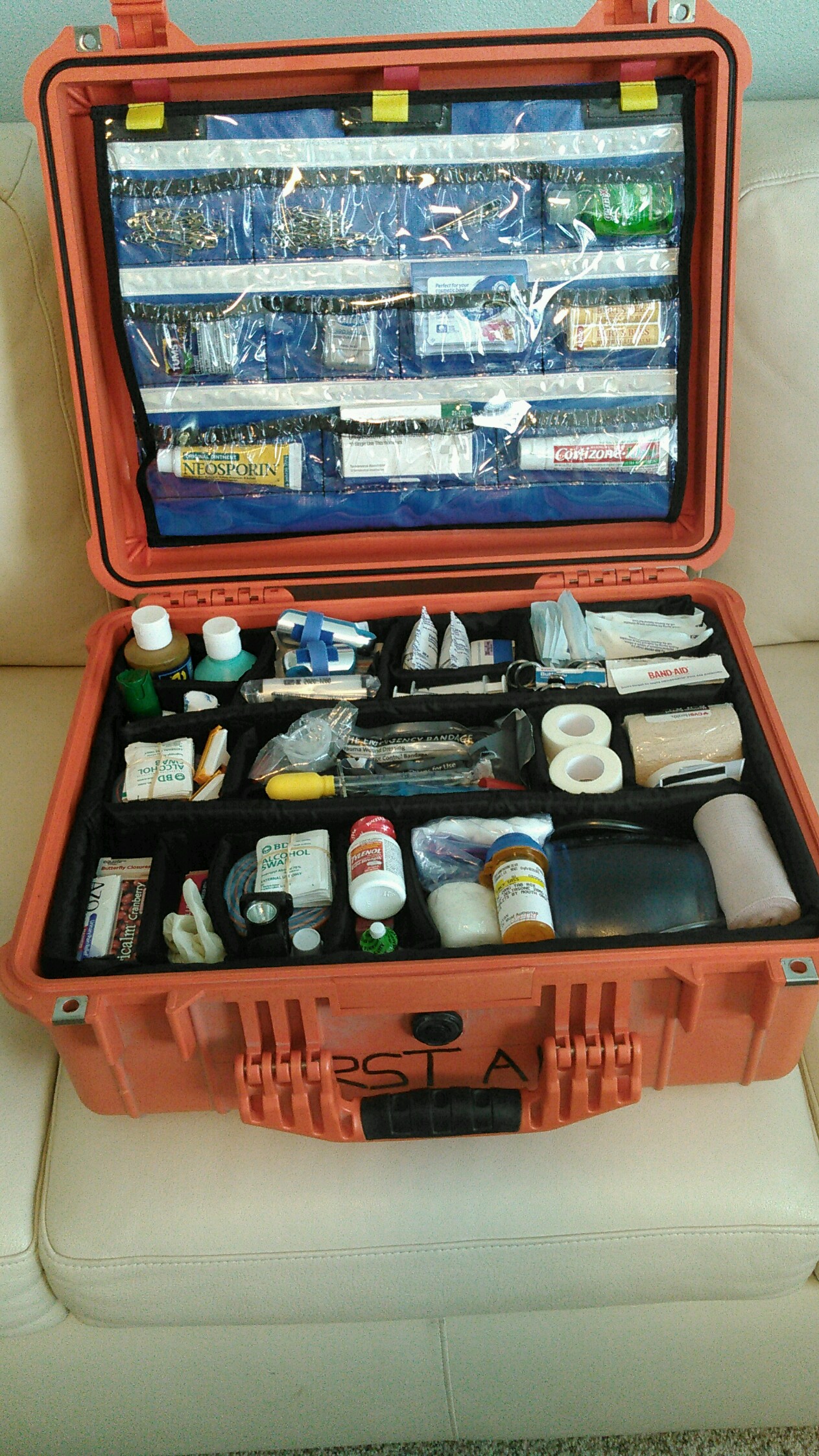
- Large Pelican EMS.jpg (823.79 KiB) Viewed 3862 times
Whatever case you use to store your kit, it should be large enough to not only carry all of the items that you expect to need, but have room for more than just one of each item.
But, your preps must not end there. Many people, regardless of age, have need for daily medications and medical devices. You need to have a sufficient supply of medications, in your emergency inventory, to get you past the emergency. With the panic buying in full swing, some of these items may be in short supply, but persistence can get results.
So, if you have asthma, diabetes, hypertension, a heart condition, or any condition for which you require medication - STOCK-UP!
One example of prepping - If you have asthma do you have extra:
inhalers, both fast acting and steroid long lasting (if you use them)
a nebulizer (and perhaps a back-up)
medication for the nebulizer
air filters for the nebulizer
additional filters for home air purifiers
COOKING OPTIONS
For this consideration, we will assume that gas and electricity are unavailable. An alternative means to prepare hot meals then becomes necessary. Having hot meals is part of the plan to have food just like normal, but it is also an emotional boost to help keep a positive mental attitude. With one exception, the alternative cooking methods we mention below will require fuel of some sort, which obviously must be a part of your preps.
The All American Sun Oven
This is the one alternative cooking option which does not require any fuel. This "made in the USA" product is both at home in the outdoors and as part of your emergency preps. While obviously the oven is dependent on sun light to operate, it is capable of performing cooking tasks in less than perfect sun light. And, it is equally capable of preparing meals for both lunch and dinner. It's size makes it possible to prepare food for several people.
In reasonable sun light, the oven reaches temperatures in the 360 F- 400 F range. It can serve to cook meals just like in a regular oven, cook meals just like in a crock pot slow cooker, and it can pasteurize various liquids, like H2O. And, it can pull duty as your sole means to prepare meals, without the need for any other form of fuel.
From the Sun Oven website (
https://www.sunoven.com/product/all-american-sun-oven/):
Cook, Bake, Dehydrate or Boil with the World’s Most Universal Power Source… Free Sunshine!
Reaches Temperatures of 360 to 400 Degrees Fahrenheit!
Bake, Boil or Steam Foods — Boil or Pasteurize Water!
The most energy-efficient way to re-hydrate freeze-dried emergency preparedness foods.
Dehydrate Fruits, Vegetables or Jerky!
Slow cook or cook in comparable time to conventional stove tops or ovens!
Totally Safe — No Danger of Fire!
As Portable as a Small Suitcase — Only 23 lbs!
Ruggedly Built for Years of Trouble-Free Use!
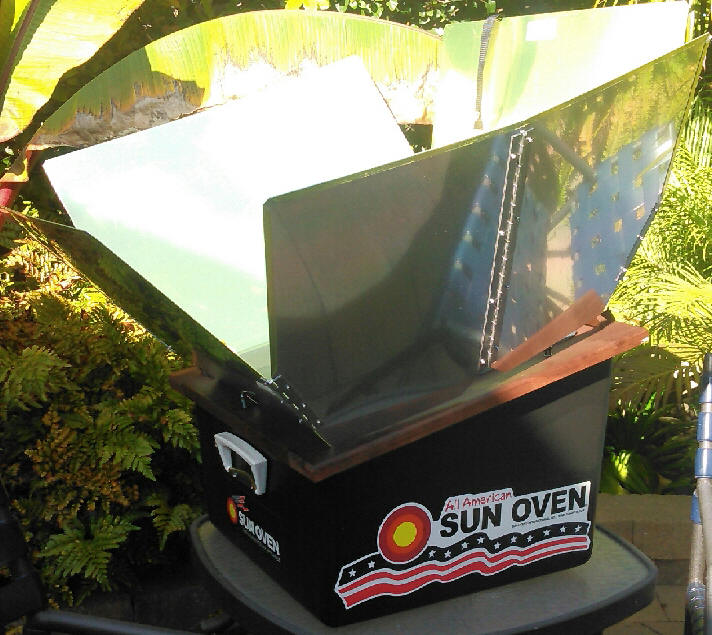
- Sun Oven.jpg (93.84 KiB) Viewed 3862 times
Rocket Stoves
The Rocket Stove (RS) delivers some impressive benefits and outstanding performance (as a stove.) The principle difference between a wood fired stove, BBQ or a normal wood fireplace vs. the Rocket Stove, is that a RS achieves near perfect combustion (translation - highly efficient.) Normally, when wood burns in conventional wood fired stoves or over a campfire, one of the by-products is smoke, soot or creosote, which means incomplete combustion. In the case of a properly designed RS, the result is that these by-products are nearly eliminated, and the result is that you get cooking heat, and a lot of it. These stoves get the name of "Rocket Stove" by virtue of the distinctive rocket-like roar they make when operating.
The Rocket Stove can fill a nitch in your emergency gear for all your cooking needs. Unlike solar ovens, which require sunlight, this Rocket Stove can operate at all hours of the day or evening, with a variety of sticks, twigs, or other combustible materials.
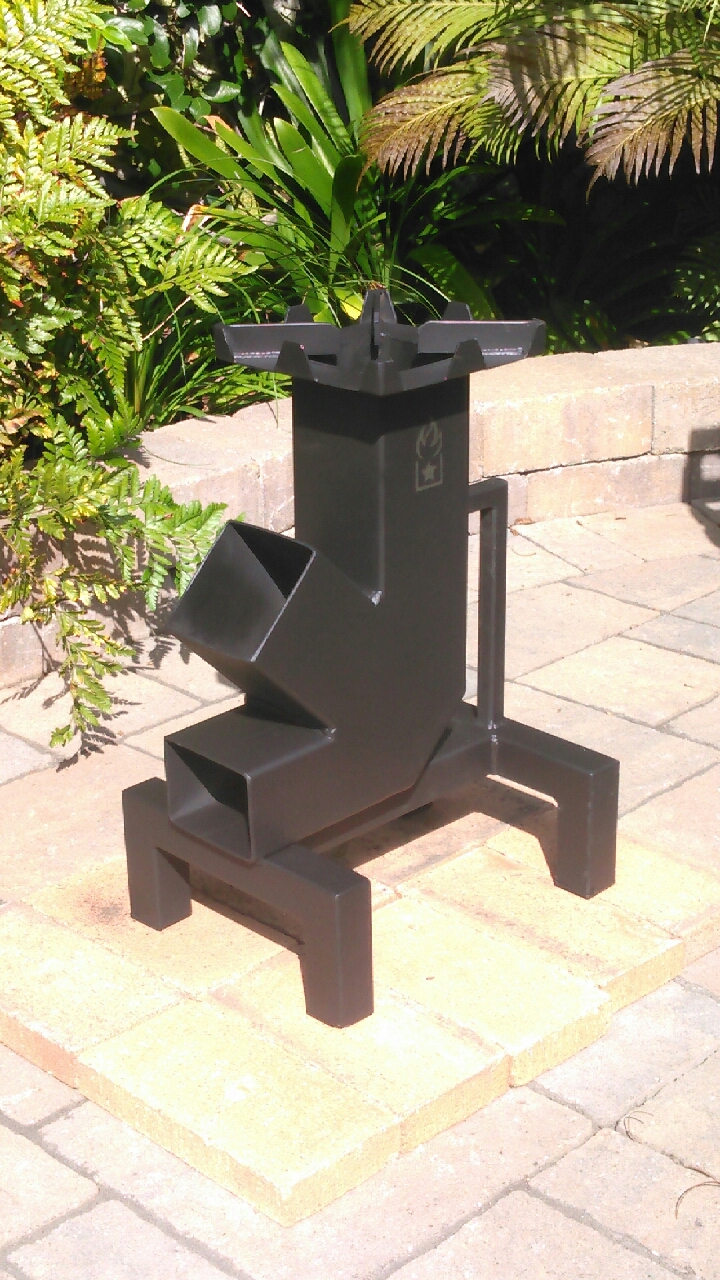
- Rocket K-1.jpg (836.73 KiB) Viewed 3862 times
Camp Stoves
The first, and most famous camp stoves are made by Coleman. They are time tested, well built, last a long time, and well up to the task of cooking for the entire family. There are other stoves, most notably the ones made by Partner Steel, and they too are well qualified to serve in an emergency. Either will serve you well as alternative cooking methods. Make sure to have plenty of white gas (or regular gasoline) for the Coleman stoves, and propane for the Partner Steel stoves. If you are a camper, you already know all of this!!!
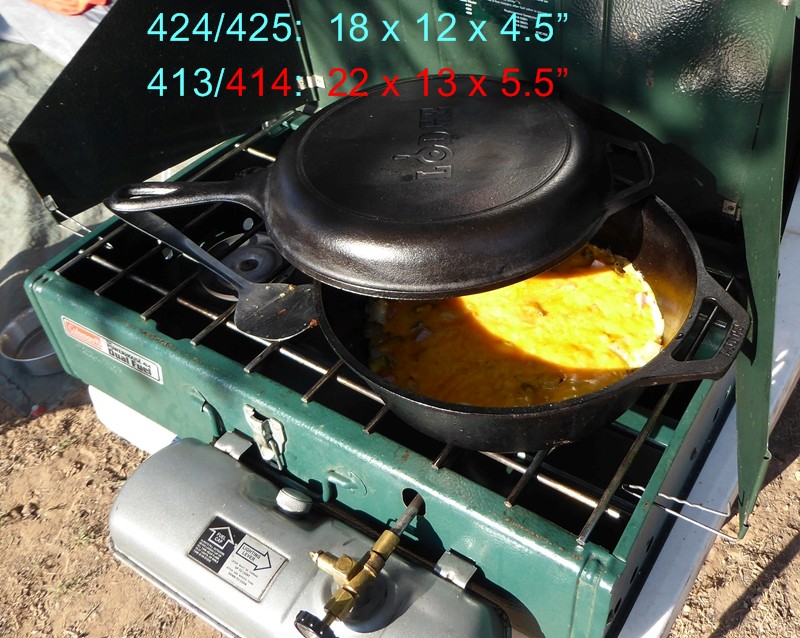
- Coleman 414 Dual Fuel Stove.jpg (177.73 KiB) Viewed 3861 times
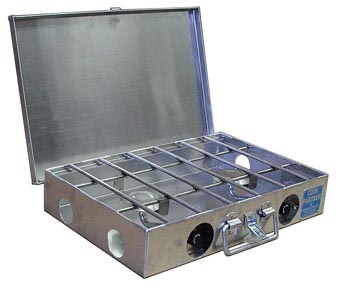
- Partner Steel Double Burner Stove.JPG (16.13 KiB) Viewed 3861 times
Communications
This one is relatively easy and simple, as just about everyone listening to this net is a licensed Ham. There is a little bit of refinement that I can add:
Have an HT for every member of your family.
Have a full power VHF/UHF radio, preferably in your house (or be able to cross band with your HT from inside the house.)
Have an HF radio to keep tabs on what is happening outside your local area, and make requests for help.
Have Police and fire frequencies loaded into memory in your radios.
Have a scanner for trunked signals.
Alternate Power
Solar
if you don't already have a solar array on your roof, installing one can be an option, but expensive, depending on its size. A much cheaper solar option could involve one or more 100 watt panels, available all over the internet. A means to store the energy (batteries) will be necessary, as will a controller. For those interested, there are plenty of posts on this website that detail different solar installations. Paul, KK6DYO, will discuss this on the net.
Generator
While a whole home generator (Generac) is a very nice and convenient way to supply power to your whole home, it is both expensive and limited in the duration of its ability to provide power, if natural gas is unavailable.
That leaves the portable generator as the remaining option. In an emergency, the truth is that only a very few essential items need to be powered, such as the refrigerator and an outlet for TV (news), a computer, and possibly a power supply (Ham radios.) With the generator located well outside the home, various AC cords can be run to these appliances or outlets.
An alternative to running extension cords is connecting your generator to your home electrical panel by the use of a transfer switch. As it's name implies, a transfer switch simply switches the location from which you get power (the electric company) to your generator (and back again.) It is an electrical device that looks like a miniature electrical panel, and is usually located near on on your home's panel. You can select which breakers will be powered, depending on their electrical draw and your generator's ability to handle that much power. Suggested circuits could be just the essentials, such as the refrigerator, the heater, and various outlets. Here is what they look like:
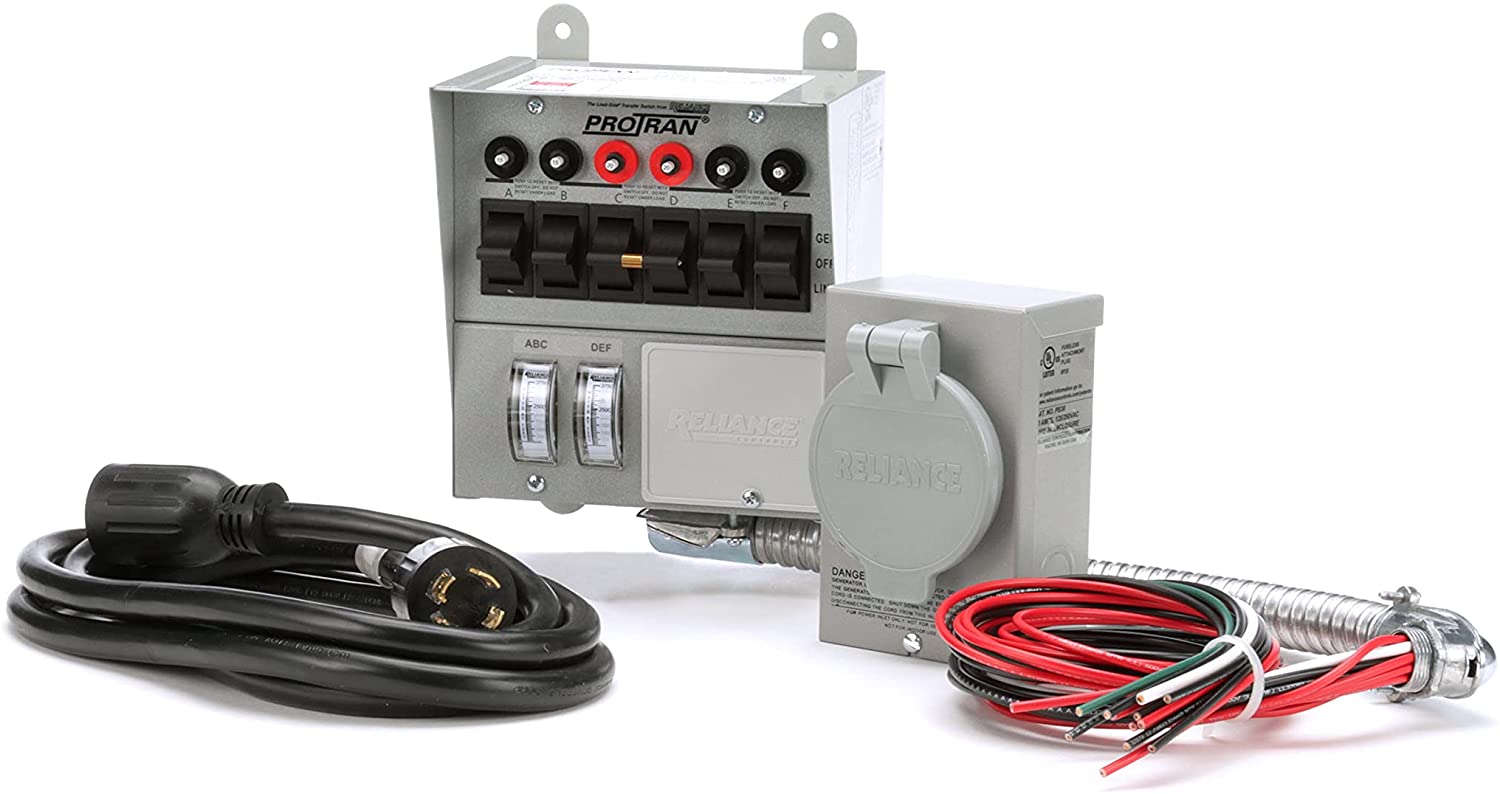
- Transfer Switch.jpg (79.77 KiB) Viewed 3857 times
Bug out or stay
Bug Out Bags and Get Home Bags
This is an enormous topic, and one which can be a as diverse as the number of people who will rely on their bags. There are some universal bag contents, like food, water, protection, and the like, but what works best for you will boil down to your research and your needs. Rick, KK6CTT, did an excellent net on Bug out bags back in 2015, and can be found here:
viewtopic.php?f=70&t=3925&p=31140&hilit ... bag#p31140. This is an excellent reference guide, and should be part of your research.
This is one area where I take a detour from the standard ideas on what should be in a bug out bag. Leaving home, or bugging out is a last resort, and for obvious reasons. Principle among them is the reality that you will be leaving the home base where the vast majority of your preps are located. Go bags have their place and are an essential part of my preps, but in all honesty, they are very limited. If you must leave on foot, however, then this will be necessary.
But, for most scenarios, bugging out will be in your vehicle. For years we have been building and refining our vehicles to allow us to visit some of the most remote sections of the American Southwest. As time went on, we realized that keeping our vehicles in a "trail ready state" was an excellent way to be prepared when the need to bug-out arrived. With few exceptions, our daily drivers have become our go bag on wheels.
The real purpose of this thread is to suggest that a vehicle, if prepared properly, can be an excellent way to not only get you to your favorite remote camping location, but to also get you to a place of safety in the event of a disaster or an emergency,
and be able to carry a great deal more than a bag.
The rest we will leave to Rick!